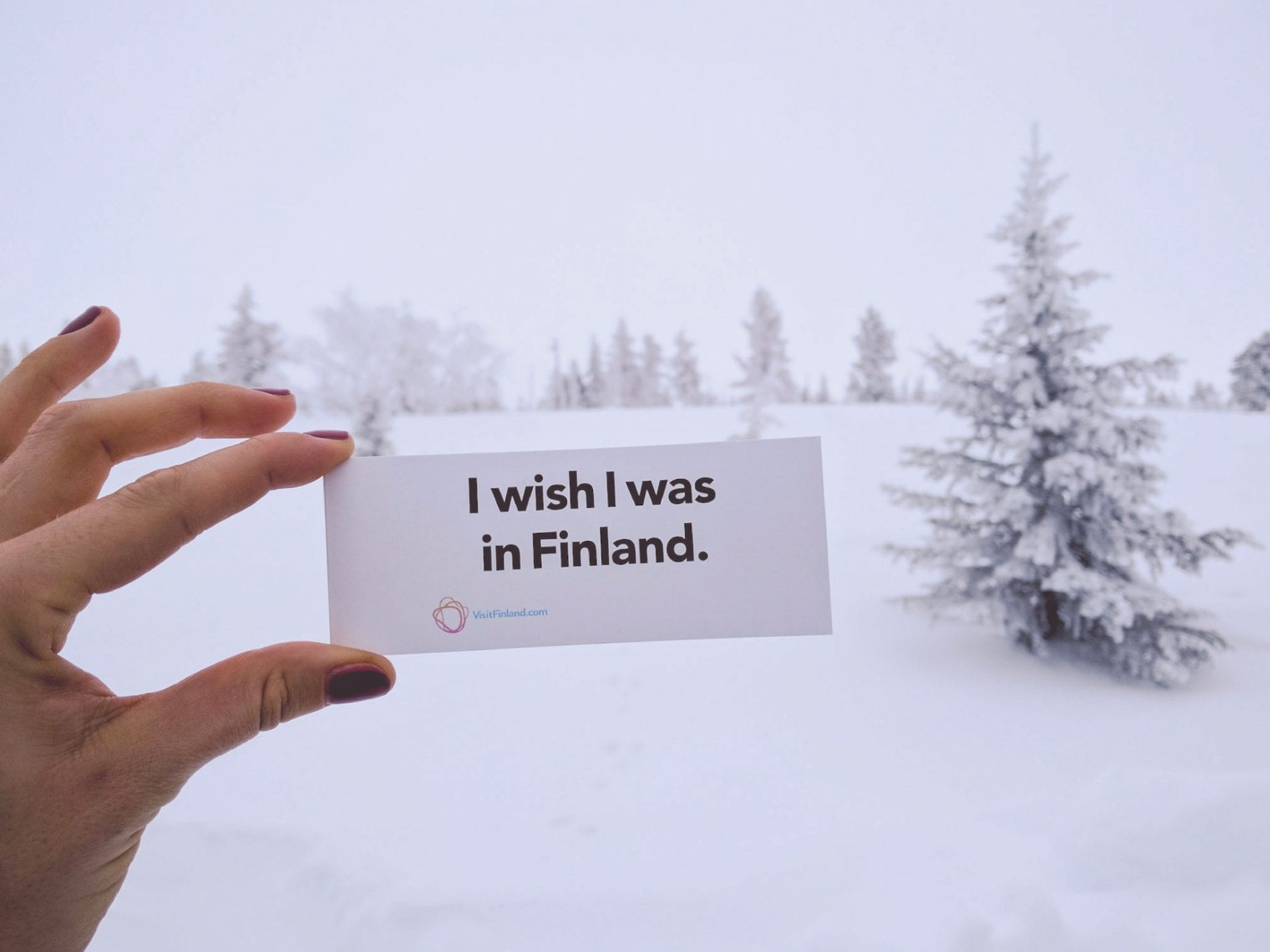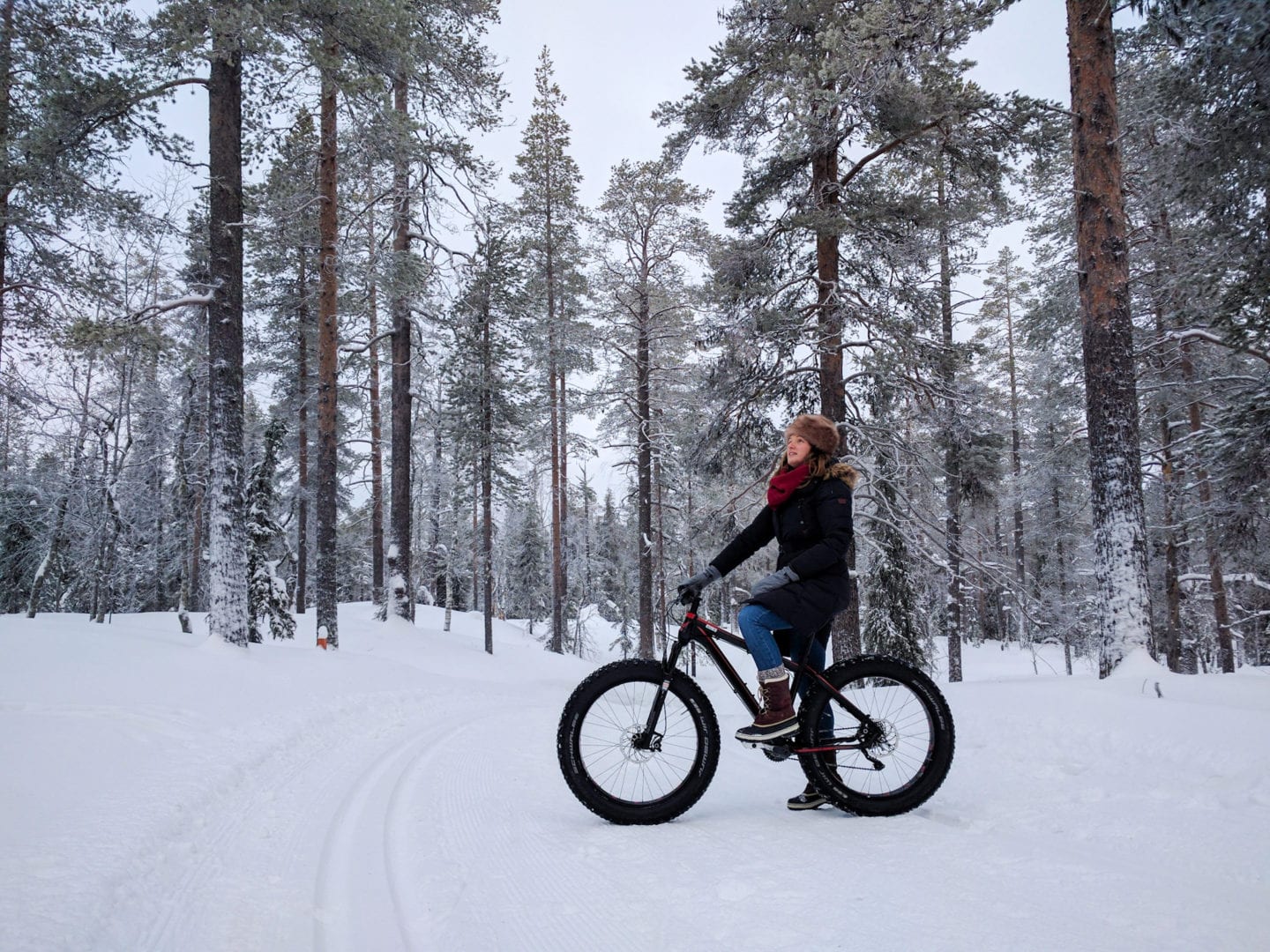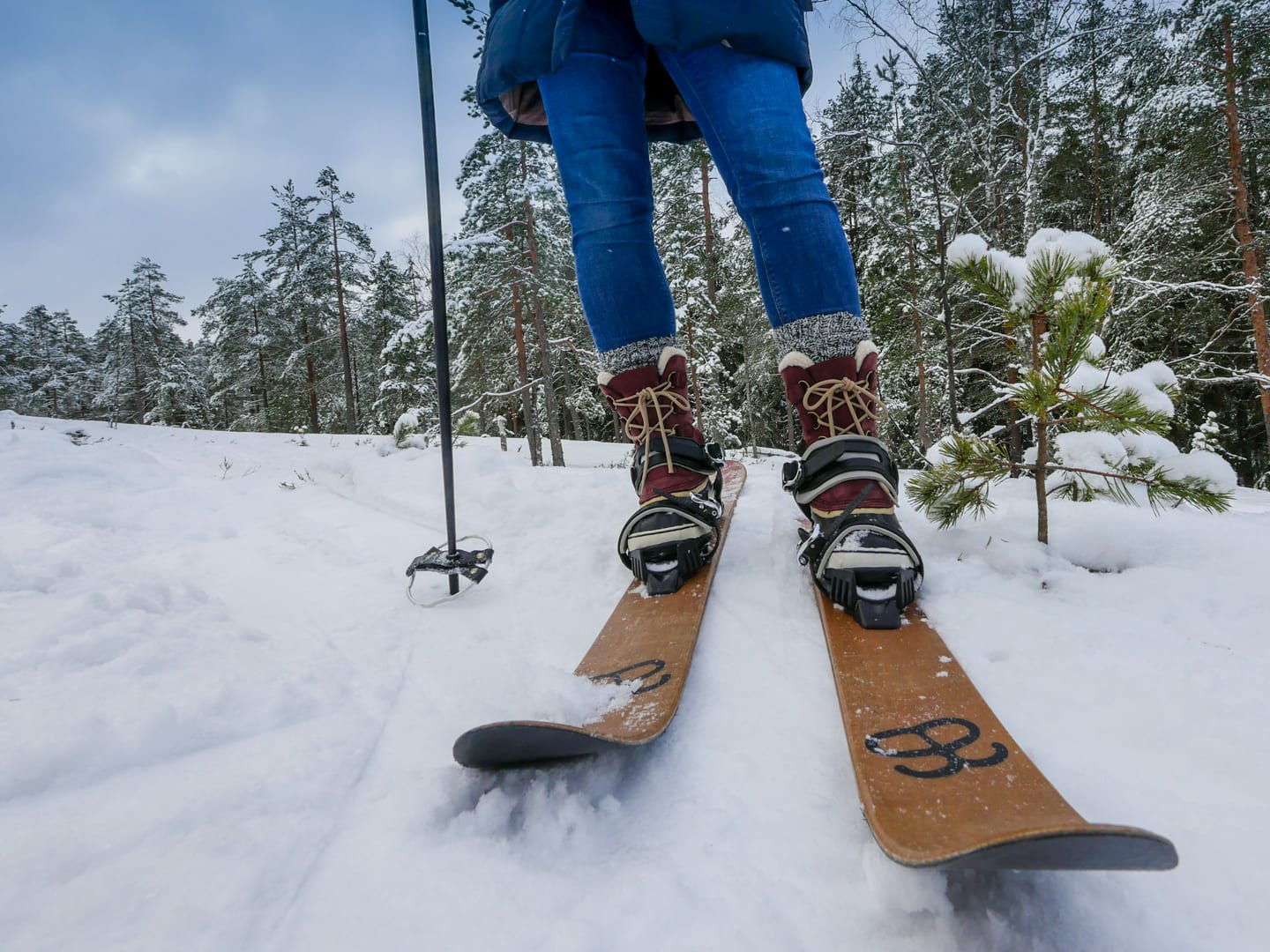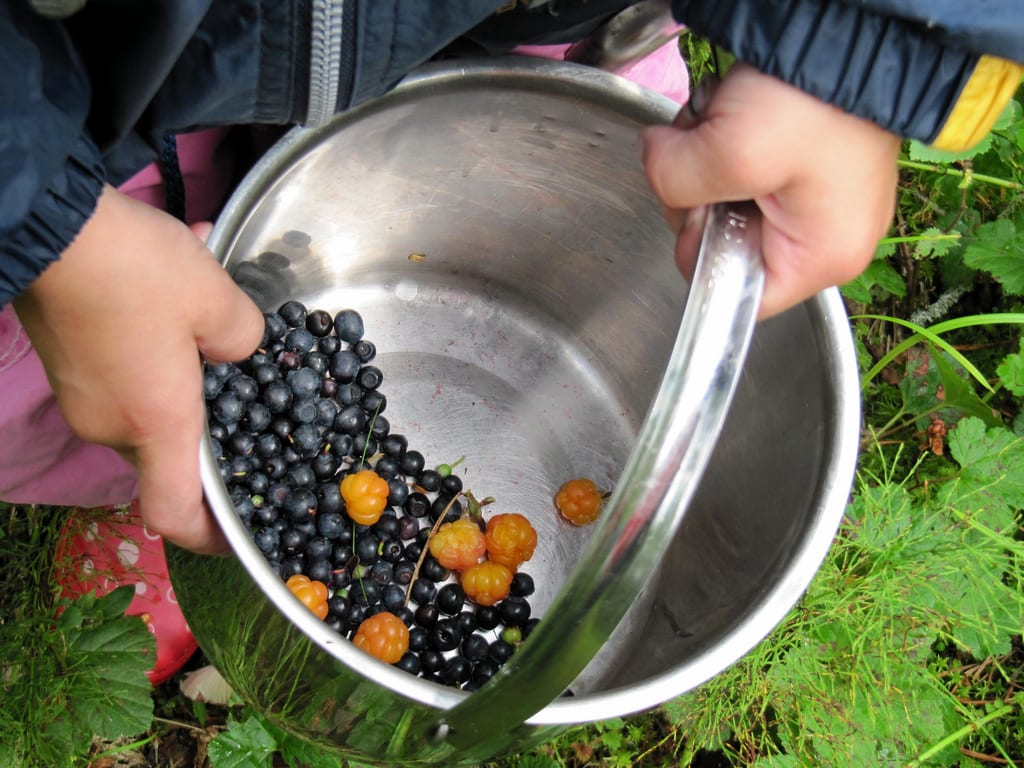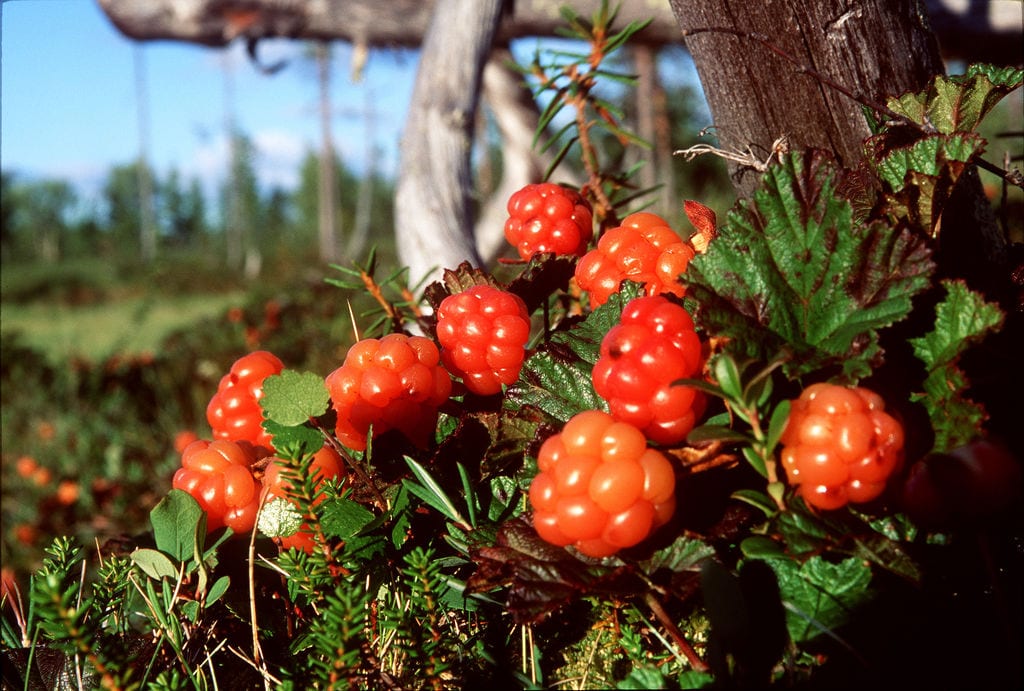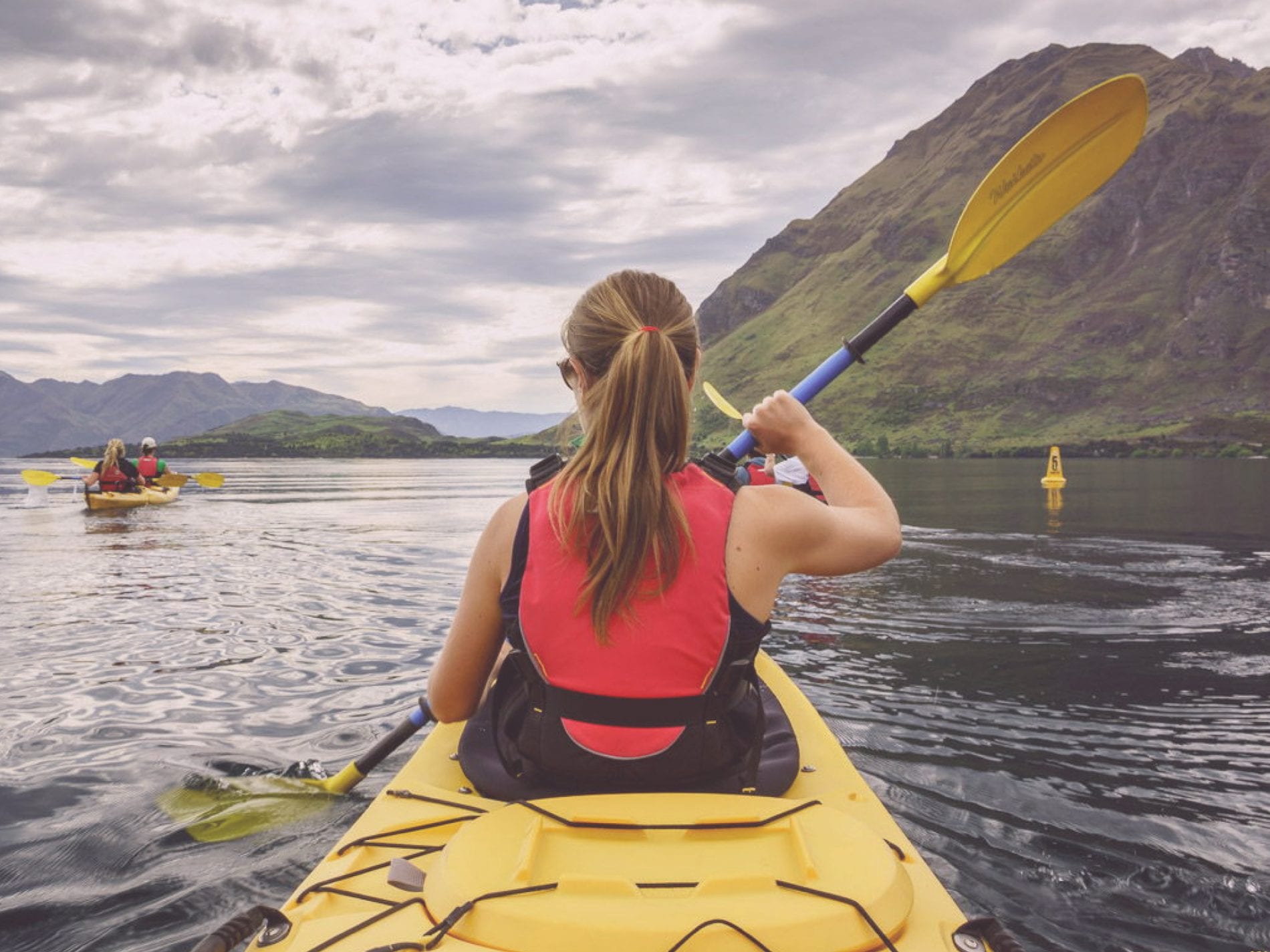As I walked out of the plane and down the air-stairs towards the tarmac at Kittilä Airport I was suddenly very aware of my breathing.
Cold, crisp, and clean the cool night air coursed through my lungs like a refreshing tonic; a hint of spruce pine scented the darkness that surrounded me.
Although unaware of the statistics I’d overhear at dinner later on that evening, I was actually breathing in some of the cleanest air in the world and having just arrived from London the clarity was instantly apparent.
Hidden away in the far north of Finnish Lapland the municipality of Muonio sits aside Pallas-Yllästunturi, Finland’s third-largest National Park, and is noted for its varied natural features.
Encompassing terrain from Northern Finland, Forest Lapland and Fell Lapland, Pallas-Yllästunturi is a rich melting pot of landscapes, flora, and fauna, and in 2016 meteorologists recorded the cleanest air on earth from the top of a local fell putting the park firmly on the world map.
Holding just 4 microgrammes of particles of under 10 micrometres per cubic metre (in contrast the world’s dirtiest city, Nigeria’s Onitsha, there are almost 600 microgrammes), it is perhaps thanks to a combination of its rural location, the wealth of plant life in the region, and the collective consciousness of local residents that the air in Muonio is officially cleanest in the world.
LAPLAND OFFERS ADVENTURERS A RESTORATIVE RETREAT
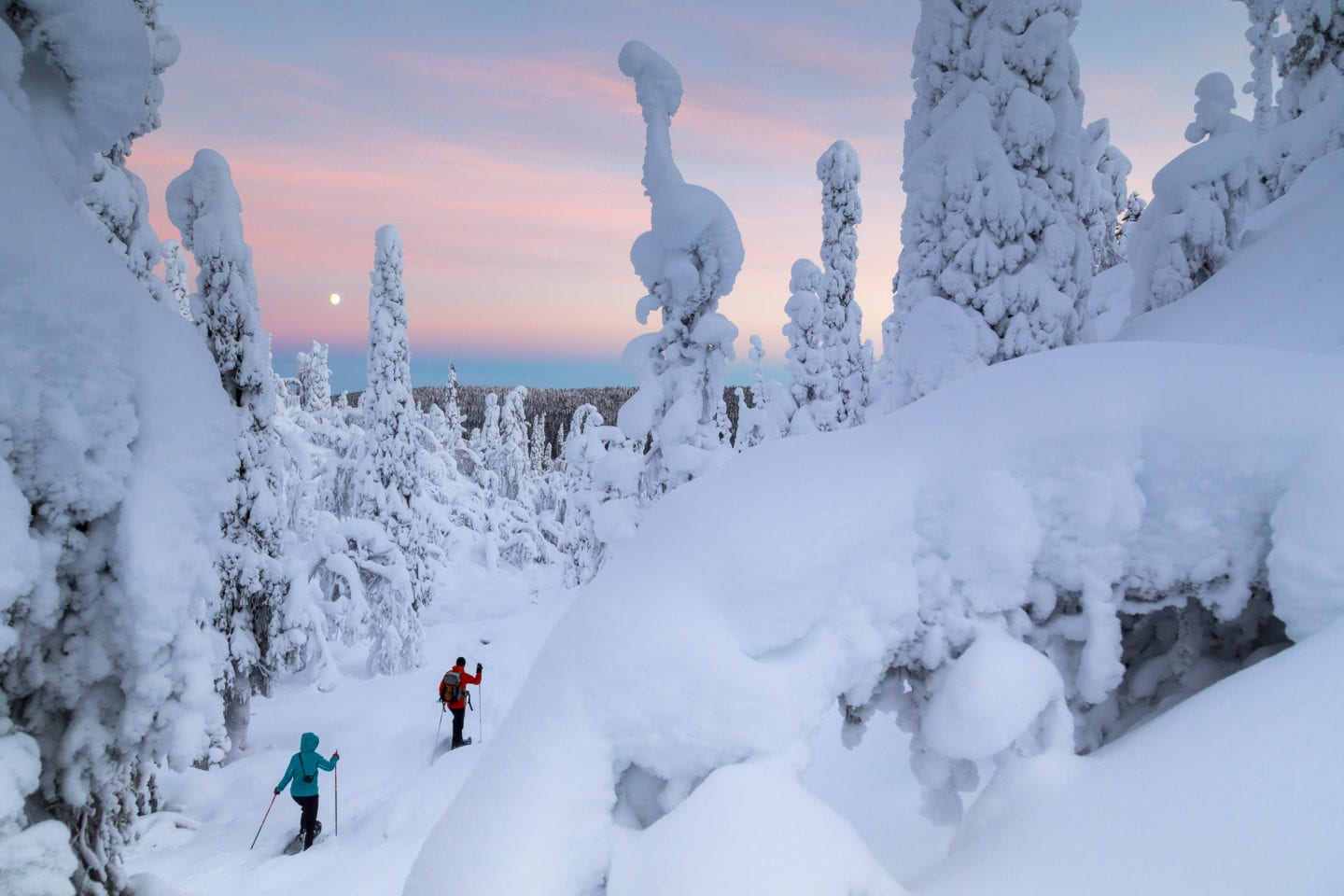
Not wanting to miss out on the opportunity to make the most of this unique atmospheric offering my Lappish itinerary was focused around outdoor activity. Basing myself at a self-catered apartment in nearby Akaslompolo my three-day stay began with a morning of snow sports at the Kellokas Visitor Centre.
With the morning’s temperature at a bone chilling -11 degrees Celsius I layered up with thermals, a goose down jacket, and my trusty Sorel snow boots, and tried my hand, for the very first time, at cross-country and forest skiing, snowshoeing, and winter biking on fat bikes.
Although grey clouds hung heavy overhead the view was just as picturesque as I’d imagined; in this part of the world winter last for over six months each year and by February a thick blanket of snow covers much of the terrain. Trees seem to bow with the weight of snow sitting atop each branch and pockets of the landscape’s earthen tones peak out from underneath the snow contrasting vibrantly against the bright white of winter.
FAT BIKING AND CROSS COUNTRY SKIING
If like me you’ve never tried fat biking I recommend that you take the opportunity when you can. Touted as the juggernaut of bicycles their fat tyres give them a versatility and roll-over ability that is perfect for soft powdery snowscapes and I was surprised by how easy they were to manoeuvre across deep snow that I’d previously sunk into when walking.
By the time lunchtime arrived I was in need of sustenance. Fortunately Lapland’s clean air also assists in the cultivation of some of the most nutrient rich fruits and berries in the world; another reason that the region should be number one on your bucket list in 2017.
FINNISH SUPERFOODS ARE THE FUEL YOUR BODY CRAVES
I was lucky enough to eat at quite a wide range of Finnish restaurants during my stay; if I’ve time I’ll put together a post dedicated to the Lappish restaurant scene but for now I’ll just mention two of my favourites Aurora Estate and Sarakka. I highly recommend you try both if your itinerary allows.
Often using only Lappish and Finnish produce the food in Lapland tastes clean, that’s the only way I can describe it. Free from pollutants and grown in unfettered, nutrient-rich soil there was something that set each meal apart from those I’d eaten elsewhere in Europe, and I’m certain its thanks to the provincial flavours sourced from the surrounding landscapes.
Lingonberries, reindeer meat, bilberries, alpine sweet grass, line-caught fish, nettles, sea buckthorn, and forest strawberries; all graced the menus of every restaurant I visited, and at Aurora Estate young chef Sirly Schinmann had modern Finnish food down to a fine art combining smoked reindeer with jäkälä, a Nordic lichen the animals graze on in the forest.
LAPPISH LIFE IS ROOTED IN TRADITION
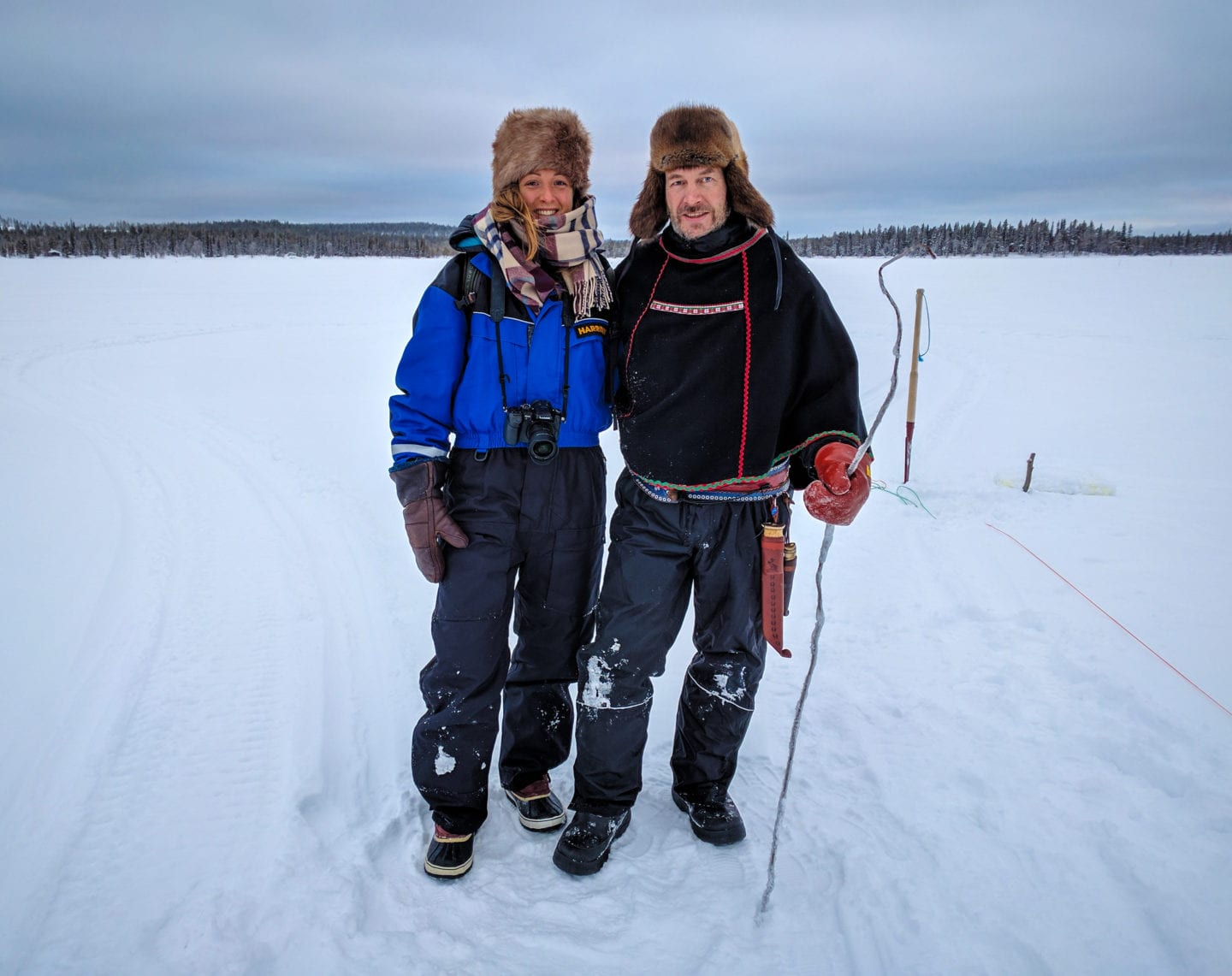
While my first morning in Lapland was a haze of snow sport activity, the remainder of my stay focused on activities more akin to those of the traditional Lappish lifestyle. Although little is known if the earliest human settlement in Finland written records indicate that the first inhabitants of what we now know as Finland arrived as the glaciers receded at the end of the last ice age, around 12,000 years ago.
Since this time man has had to develop the means to survive in Finland’s harsh environments, especially in northern Finland and Lapland, and despite the industrial revolution bringing with it applications of traditional techniques and natural materials those implements thousands of years ago are often still regarded as the best.
For example, I spent my entire trip walking around in a pair of Sorel snow boots that are rated to temperatures of up to -30 degrees and I saw a number of locals wearing the same brand. However I was told by 4th generation ice fisherman Jari Rossi that when the temperature dips below -30, and it often does in the depth of winter, local people defer to wearing traditional boots, coats, and gloves made of reindeer hide.
There’s just nothing man-made that can beat the Mother Nature’s design – Jari Rossi
ARCTIC ANIMAL EXPERIENCES ARE INCREDIBLE
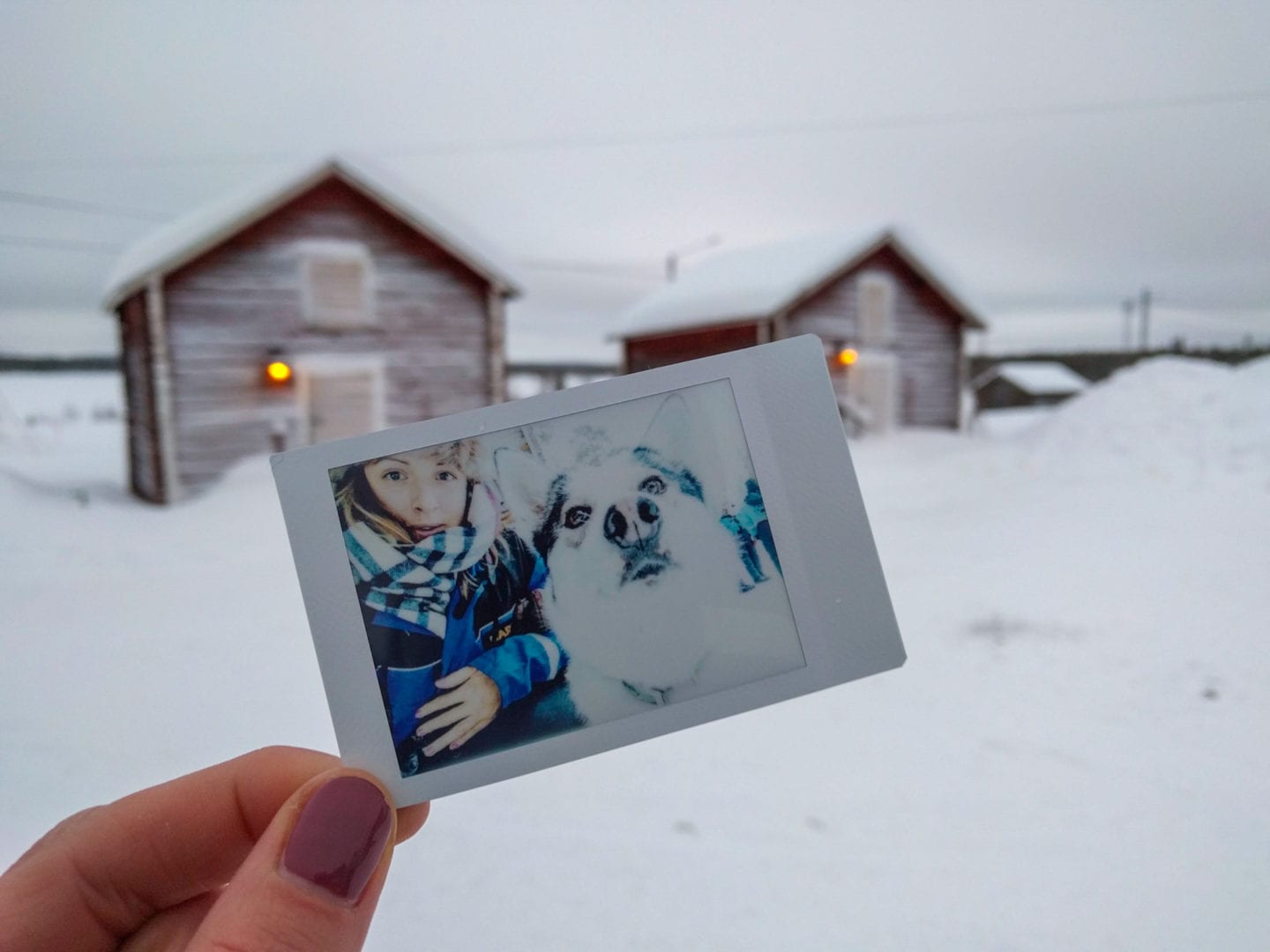
Hailing from East Anglia, a county of green fields and quaint waterways in the UK, my sightings of animals like husky dogs and reindeer were limited until I arrived in Lapland.
Once relied upon as a primary source of food, fuel, and transportation, reindeer are interwoven into the fabric of Lappish living for southerners like me the chance to see these wary creatures in their own environment is one of many reasons to venture north.
Flying at speed, snowy landscapes rushing past, the sound of paws and hooves galloping ahead insights a primal excitement deep within.
Enjoying both a husky and reindeer safari during my stay I couldn’t tell you which I preferred as both were just as exhilarating and afforded me a temporary connection to the surrounding landscape’s rich history; I suppose having never seen a reindeer before the hooved option may have piped the post for me but I then found myself staring into the heterochromia iridis (dual colored eyes) of a friendly Siberian husky dog and all bets were off.
PLANNING A TRIP TO FINNISH LAPLAND IN 2019?
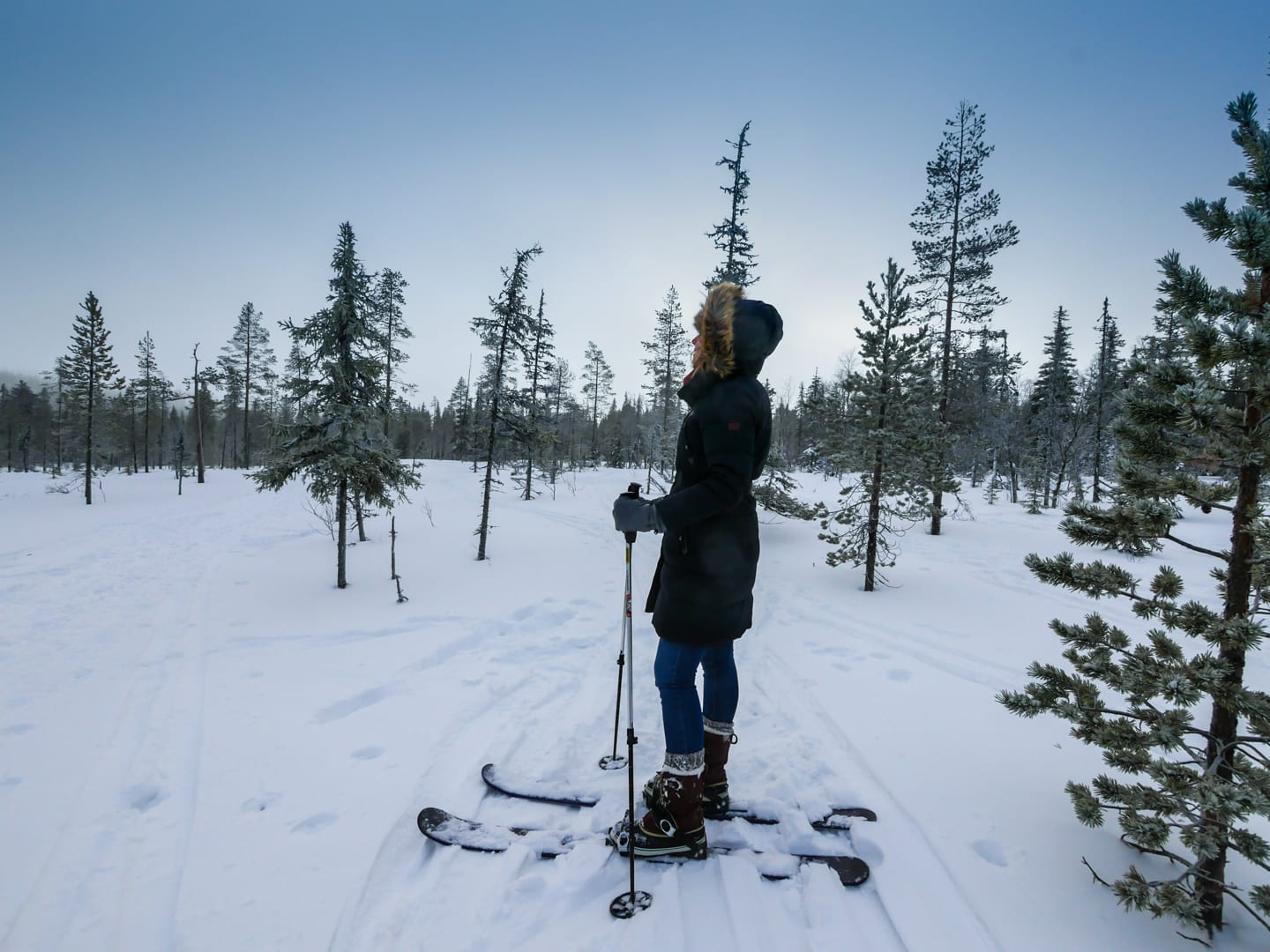
As I gazed out from my window seat on route back to Helsinki I couldn’t help but feel moved by my experience of the last three days.
Lapland’s landscapes so rich and its environment so pure had me planning a return trip, writing blog posts in my head, and inspiring social media updates to inspire others to visit. Yet with every new visitor to the region comes a growing number of carbon footprints, each one threatening to stamp out Lapland’s clean credentials.
For how much longer will it hold the title? I’m not sure but I can tell you it won’t be long until I can no longer resist the urge to return.
Get my ultimate guide to Finnish Lapland here.
INSPIRED? PIN THIS POST TO YOUR TRAVEL PINTEREST BOARDS NOW!
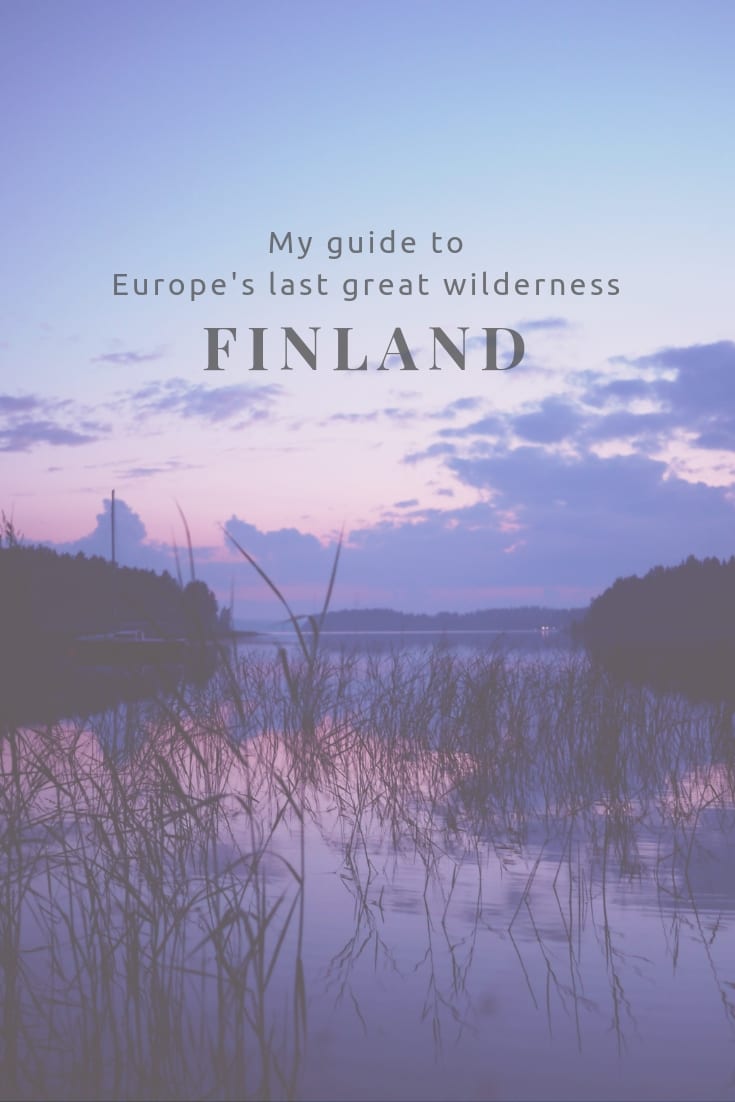
✈ ✈ ✈

